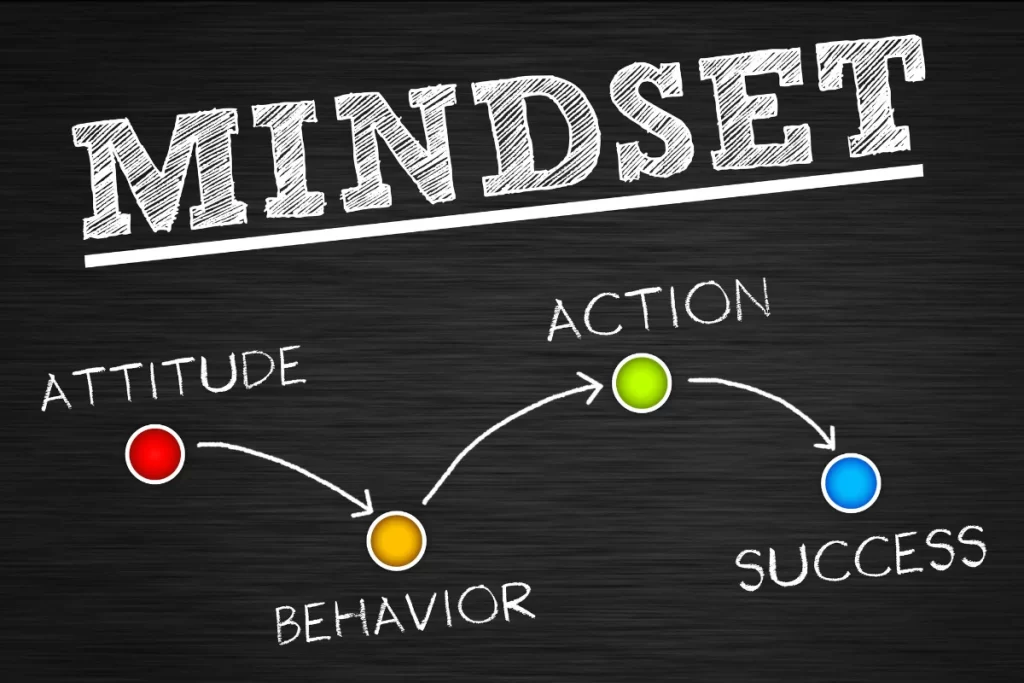- Financial Mindset
How to Develop Financial Discipline and Stop Impulsive Spending

Financial discipline is crucial for anyone looking to achieve financial independence. It’s about developing the ability to manage your money responsibly, resist short-term temptations, and align your spending habits with your long-term financial goals. In today’s world of easy credit, online shopping, and constant promotional offers, it’s all too easy to give in to impulsive buying. This article will guide you through the process of developing better financial discipline, focusing on how to stop impulsive spending and take control of your finances.
1. Understanding Impulsive Spending
Before we dive into strategies to stop impulsive spending, it’s essential to understand what impulsive spending is and why it happens. Impulsive spending refers to buying things on the spur of the moment without any prior planning or consideration. Often, it’s driven by emotions, external triggers, or marketing tactics that encourage us to purchase things we don’t truly need.
The Impact of Impulsive Spending
While it may seem harmless at first, impulsive spending can have a serious impact on your financial health. According to a study by CreditCards.com, 43% of Americans admit to making impulsive purchases, and 38% regret them. This can lead to credit card debt, overspending on non-essential items, and even budget imbalances that derail long-term financial goals.
The Psychological Drivers of Impulsive Spending
Several psychological factors drive impulsive spending:
- Instant Gratification: Impulse buys often stem from our desire for immediate pleasure. We live in an era of instant gratification, where we can buy anything with a few clicks. This leads to a desire for instant rewards, even when it’s not financially wise.
- Emotional Triggers: Many people turn to shopping as a way of dealing with stress, boredom, or sadness. It’s a quick and easy way to escape negative emotions, but it often leads to financial regret afterward.
- External Influences and Marketing Tactics: Advertisements, sales, and promotions are designed to trigger impulsive behavior. The fear of missing out (FOMO) can lead to purchases we didn’t plan for, thinking that the deal won’t be available later.
2. The Psychological Triggers Behind Impulsive Spending
Understanding the psychological triggers that lead to impulsive spending can help you break the habit. Let’s take a closer look at the key psychological factors that influence our financial decisions.
2.1. Emotional Spending
Emotional spending occurs when we buy something to cope with emotions such as stress, frustration, loneliness, or boredom. This type of spending is often unconscious, as people may not recognize that they are using shopping to fill an emotional void.
For example, you might splurge on a new outfit after a bad day at work or treat yourself to a nice dinner when you’re feeling lonely. While this may feel good in the moment, the happiness is usually fleeting, and it doesn’t solve the root problem.
Strategy: One way to combat emotional spending is to find alternative coping mechanisms. Instead of shopping when you’re feeling down, try activities like exercise, journaling, meditation, or connecting with a friend. Finding healthier ways to cope with emotions can reduce the urge to spend on impulse.
2.2. Social Pressure and FOMO
Social pressure is another major trigger for impulsive spending. The rise of social media has made FOMO (fear of missing out) more prevalent than ever. We constantly see images of friends, influencers, and celebrities showcasing their latest purchases, vacations, and experiences, leading to a sense of inadequacy.
Example: You might see an influencer post about a brand-new tech gadget or luxury item, making you feel like you need to own the same item to fit in or to feel valued.
Strategy: Practice gratitude and mindfulness when scrolling through social media. Acknowledge that what you see online is often curated and not an accurate representation of reality. Recognize that material possessions do not define your happiness or success. Focus on what you already have and what truly brings you joy.
2.3. Impulsive Marketing and Discounts
Promotions, sales, and discounts are designed to trigger impulsive buying. Marketers use tactics such as “limited-time offers,” “buy one, get one free,” or “flash sales” to encourage immediate purchases.
Example: You might come across an email offering a 50% discount on a product you’ve had your eye on, but you’ve never actually needed it. The idea of a great deal can convince you to purchase it anyway.
Strategy: Avoid getting caught up in marketing schemes by implementing a rule for yourself: only purchase items that are genuinely necessary or part of your long-term financial goals. This mindset shift can prevent unnecessary purchases driven by the lure of discounts and offers.
3. Practical Steps for Developing Financial Discipline
Now that we understand the psychological triggers, let’s explore actionable steps to develop financial discipline and stop impulsive spending.
3.1. Set Specific Financial Goals
Having clear, specific goals is one of the most powerful tools to develop financial discipline. Setting goals helps you stay focused and motivated, especially when faced with temptations. Whether you want to save for a vacation, pay off debt, or build an emergency fund, having goals gives your money a purpose and a direction.
Strategy: Write down your goals and break them down into smaller, achievable steps. Create a plan that includes a timeline and deadlines. For example, if you want to save $5,000 for an emergency fund within the next 6 months, calculate how much you need to save each month to reach that goal.
3.2. Create a Realistic Budget
A budget is a roadmap for your money, guiding you on how much to spend, save, and invest. It helps you prioritize your expenses and prevent overspending on non-essential items.
Strategy: Use budgeting methods like the 50/30/20 rule, where you allocate 50% of your income to essentials, 30% to discretionary spending, and 20% to savings and investments. Adjust the percentages based on your priorities and goals. Stick to your budget and review it regularly to track your progress.
3.3. Use the 24-Hour Rule for Impulse Buys
The 24-hour rule is one of the simplest and most effective ways to curb impulsive spending. It works by giving you a cooling-off period between the moment you want to buy something and the actual purchase.
Strategy: Whenever you feel the urge to buy something on impulse, wait 24 hours before making the decision. During this time, you can reassess whether the item is truly necessary or if it was just a fleeting desire. In most cases, you’ll find that the urge fades away, and you can avoid unnecessary spending.
3.4. Avoid Impulsive Shopping Triggers
Take control of your environment by removing triggers that lead to impulsive spending. If online shopping is your weakness, unsubscribe from promotional emails, delete shopping apps, and avoid browsing online stores during moments of boredom. If you tend to make impulse buys while out shopping, create a shopping list and stick to it.
Strategy: Consider using apps or tools that block access to online shopping websites or limit your screen time on retail platforms. By removing temptations, you reduce the likelihood of impulsive purchases.
3.5. Practice Mindful Spending
Mindful spending involves making intentional, thoughtful decisions about where and how you spend your money. It means being aware of your purchasing choices and aligning them with your values and financial goals.
Strategy: Before making a purchase, ask yourself whether the item is aligned with your priorities. Does it add value to your life, or is it just a temporary distraction? This practice helps you become more conscious of your financial decisions and prevents you from making purchases you’ll regret later.
4. Building Lasting Financial Habits
To truly develop financial discipline, it’s important to turn good financial behaviors into lasting habits. The more consistent you are with these strategies, the more ingrained they will become in your daily life.
Strategy: Start small and gradually build up. You don’t need to change everything overnight. Focus on one aspect of your finances, such as sticking to your budget or practicing mindful spending, and gradually expand from there.
Conclusion: The Path to Financial Freedom
Developing financial discipline is a continuous journey, but it’s one that pays off in the long run. By understanding the psychological triggers behind impulsive spending and adopting strategies like goal setting, budgeting, and mindful spending, you can take control of your financial future. Over time, you’ll build habits that will not only stop impulsive spending but also empower you to achieve your financial goals.






